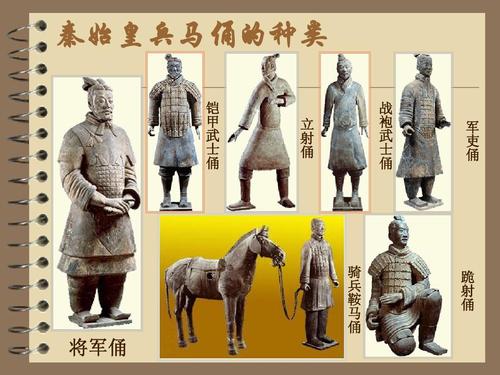
How Many Slaves Built the Terracotta Army?
The Terracotta Army, a vast collection of life-size terracotta figures, is one of the most iconic archaeological discoveries of all time. Discovered in 1974 by farmers digging a well in Lintong District, Xi'an, Shaanxi, China, the figures depict the armies of Qin Shi Huang, the first emperor of China. The massive mausoleum complex was constructed over several decades, starting around 246 BC and ending with the emperor’s death in 210 BC.
The Scale of the Project
The sheer size of the Terracotta Army is staggering. It’s estimated that the three pits containing the army hold over 8,000 soldiers, 130 chariots with 520 horses, and 150 cavalry horses. In addition to these figures, archaeologists believe that countless other figures were also buried in other, undiscovered pits.
The figures themselves are incredibly detailed, with each one having unique facial features, hairstyles, clothing, and armor. The horses are equally impressive, with their muscular bodies and flowing manes captured in exquisite detail.
The Workers Who Built the Mausoleum
While often referred to as being built by “slaves,” the laborers who constructed the Terracotta Army and its accompanying mausoleum complex were not slaves in the traditional sense. Historical records indicate that the workers were primarily conscripted peasants, forced into service by the Qin Dynasty's legal system.
These workers, however, were not unpaid. They received food, shelter, and some form of compensation for their labor. Records indicate a sophisticated system of labor management was employed, including hierarchies, divisions of labor, and even punishments for poor workmanship.
Estimating the Number of Workers
It is believed that over 700,000 laborers worked on the tomb complex over a period of 37 years. This number is based on historical records, as well as archaeological evidence. Given the massive scale of the project and the relatively short time frame in which it was completed, it is likely that the actual number of workers was even higher.
The Terracotta Army's Significance
The Terracotta Army is far more than just a collection of statues. It is a testament to the power and ambition of the Qin dynasty, as well as to the skill and artistry of the ancient Chinese craftsmen who created it.
The figures are also a valuable source of information about the military history of ancient China. The different types of armor, weapons, and formations used by the Terracotta Army provide insights into the military tactics of the Qin dynasty.
FAQs
Q: Were the Terracotta Army figures modeled after real soldiers?
A: While there is no definitive answer, it's highly likely that the figures were inspired by real soldiers. The individualized features, varying ranks, and specific details in their armor point to a strong possibility that they were at least partially based on the actual army of Qin Shi Huang.
Q: How were the figures made?
A: The figures were made using a complex production process that involved molding, firing, and painting. The bodies were made in sections using molds, then assembled and detailed by hand. After drying, they were fired in kilns at high temperatures. Finally, they were painted in vibrant colors, though much of this paint has since faded or chipped away over the centuries.
Q: Why was the Terracotta Army built?
A: The army was built to accompany Qin Shi Huang into the afterlife. The emperor believed that he would need an army to protect him and maintain his power in the next world, just as he had in life. This practice reflects the common belief in an afterlife and the importance placed on maintaining power and status even after death.